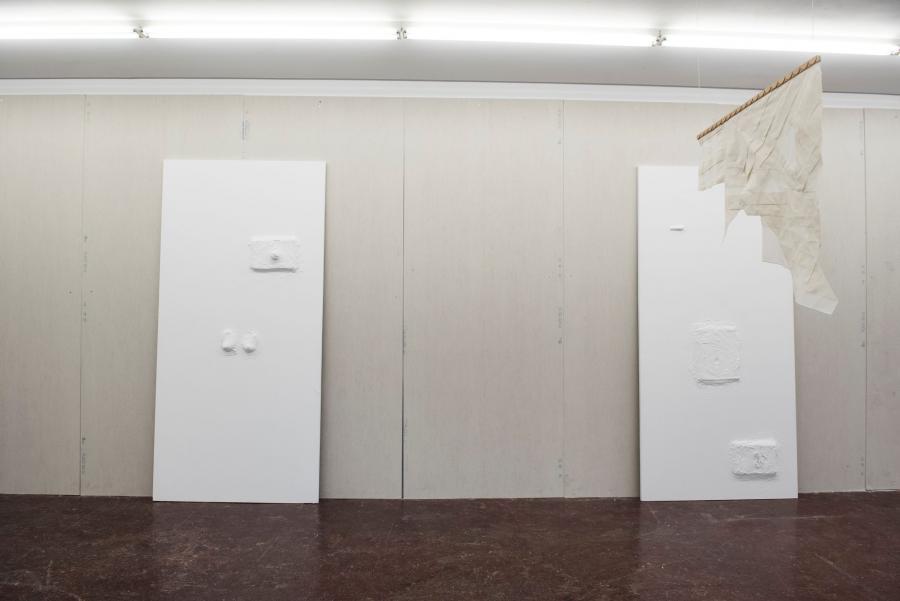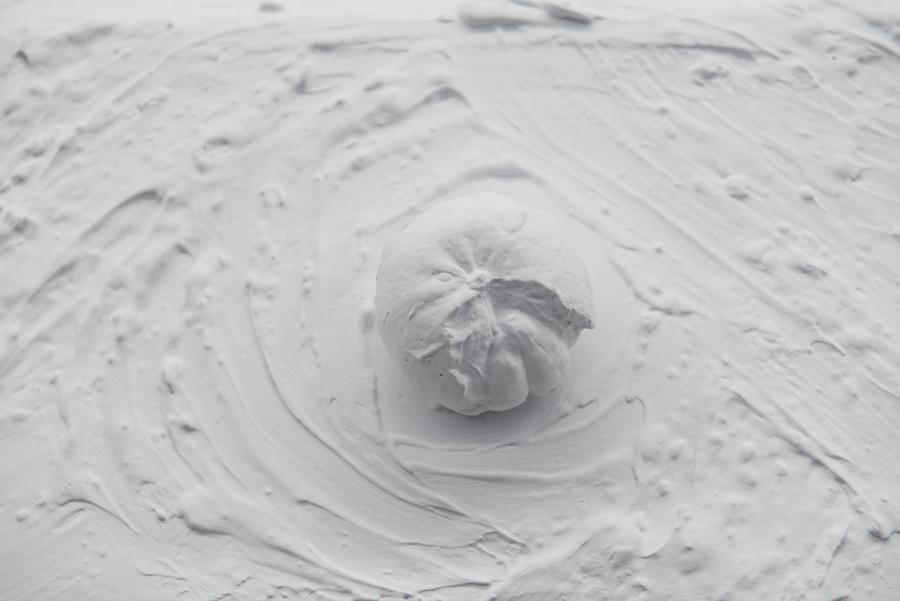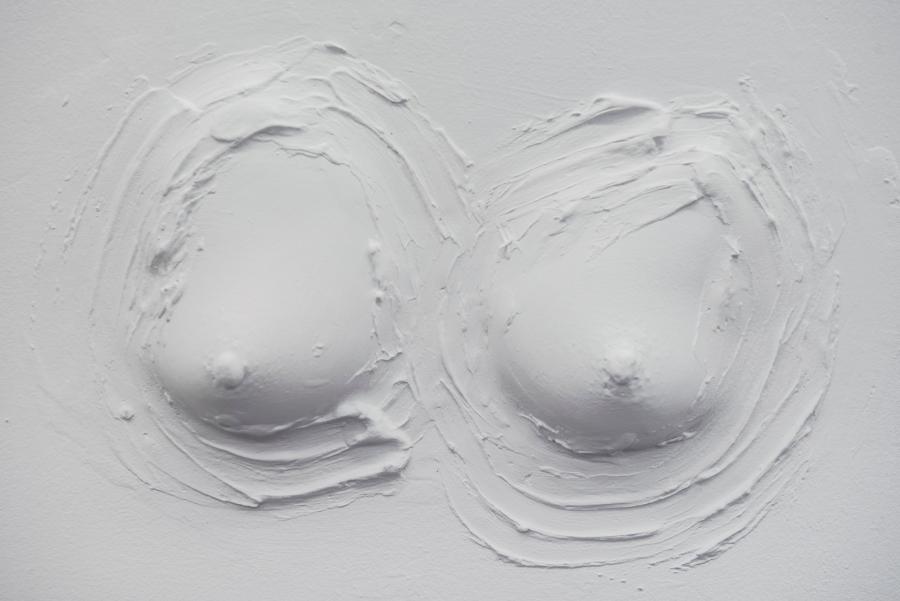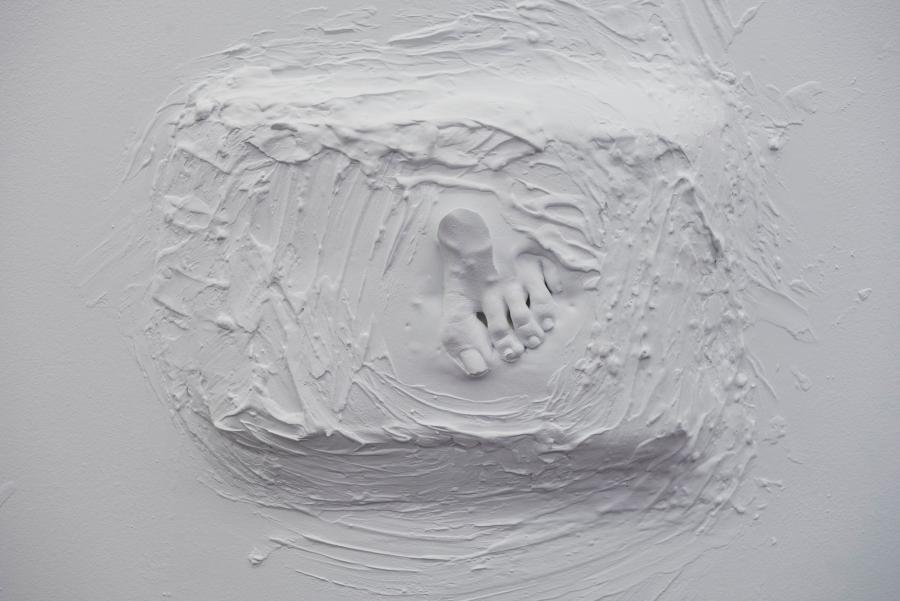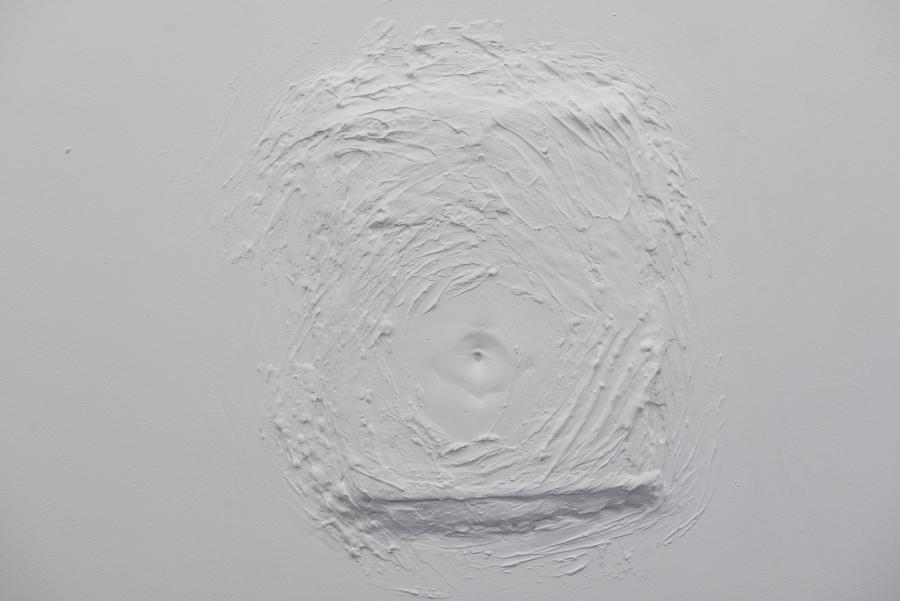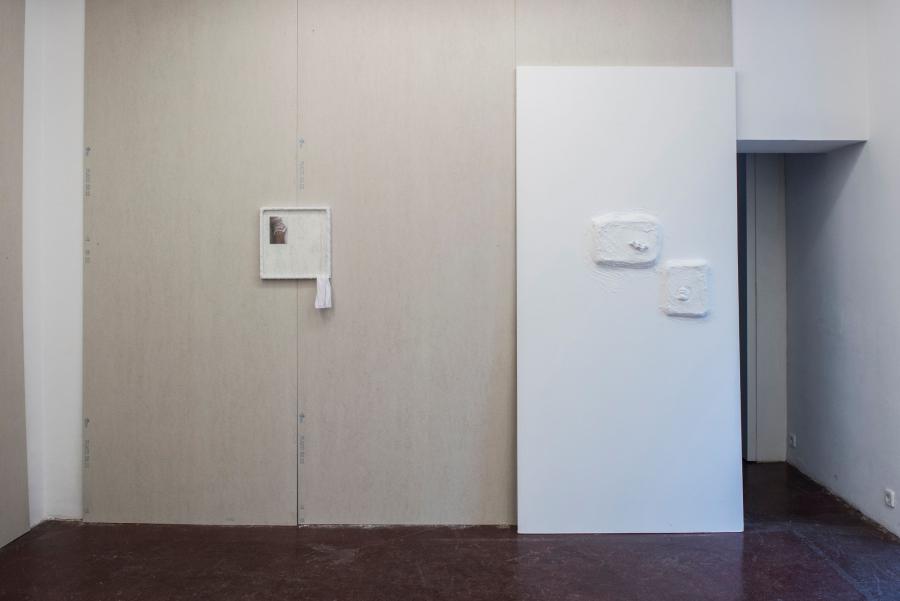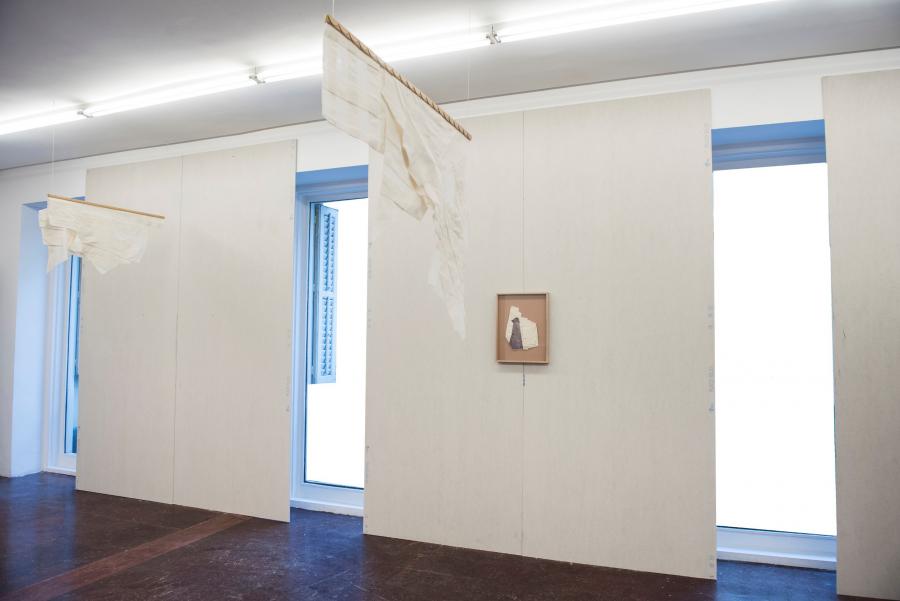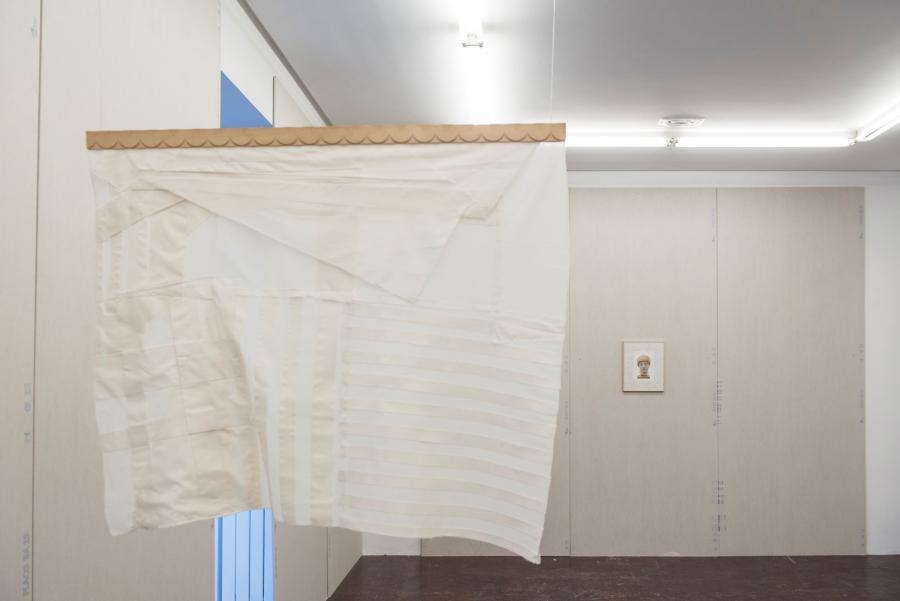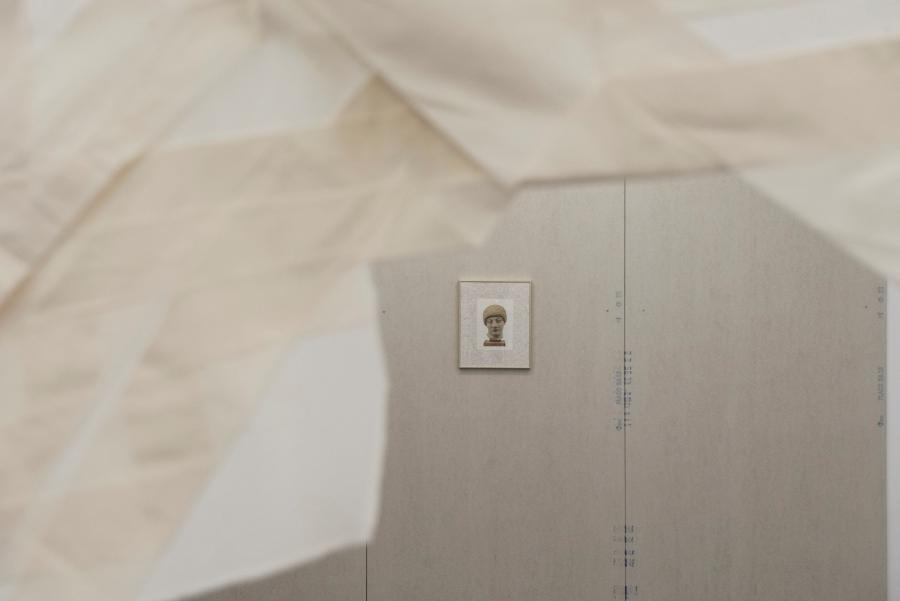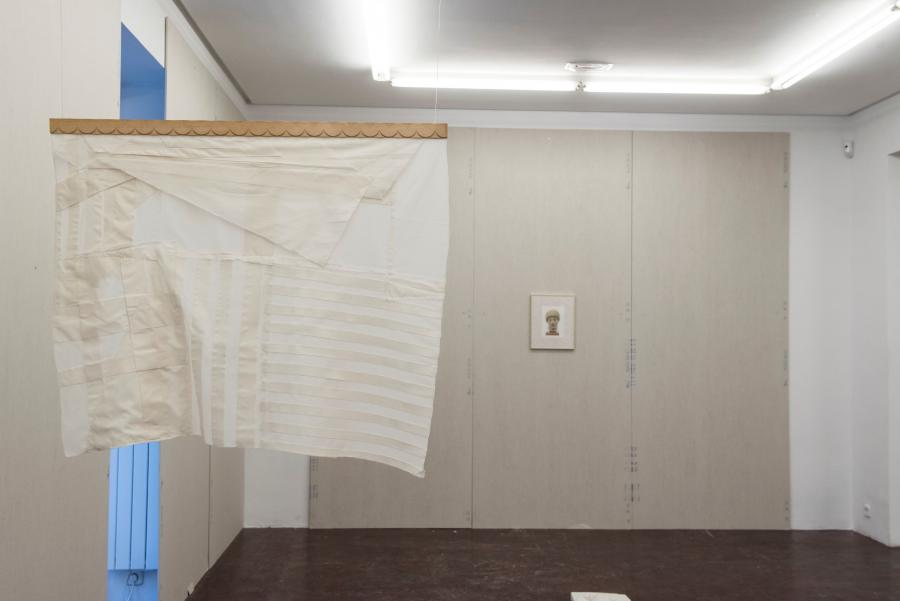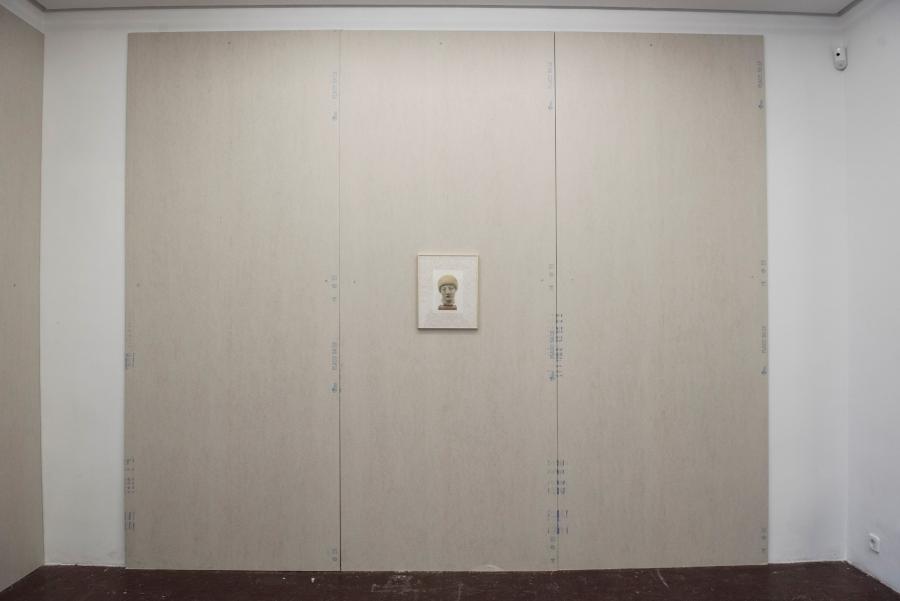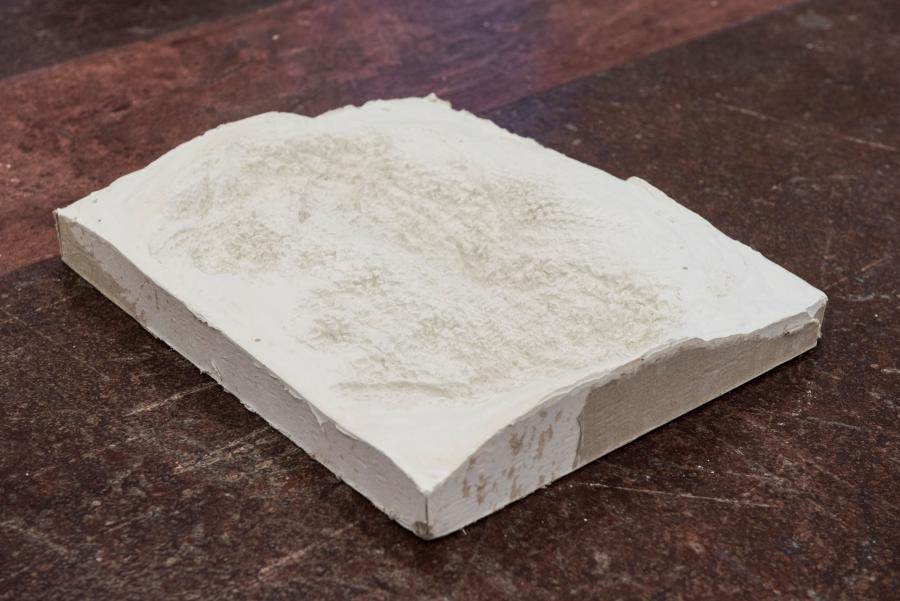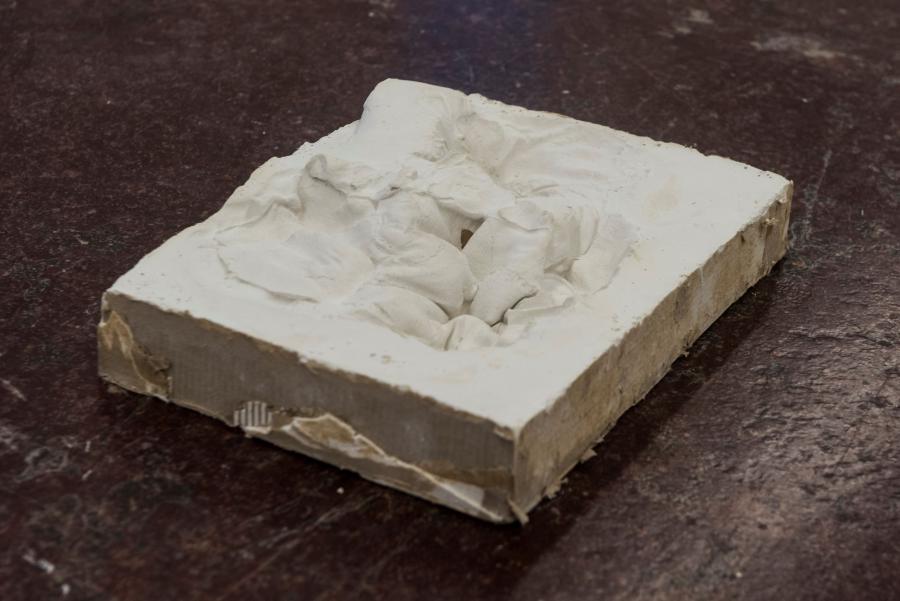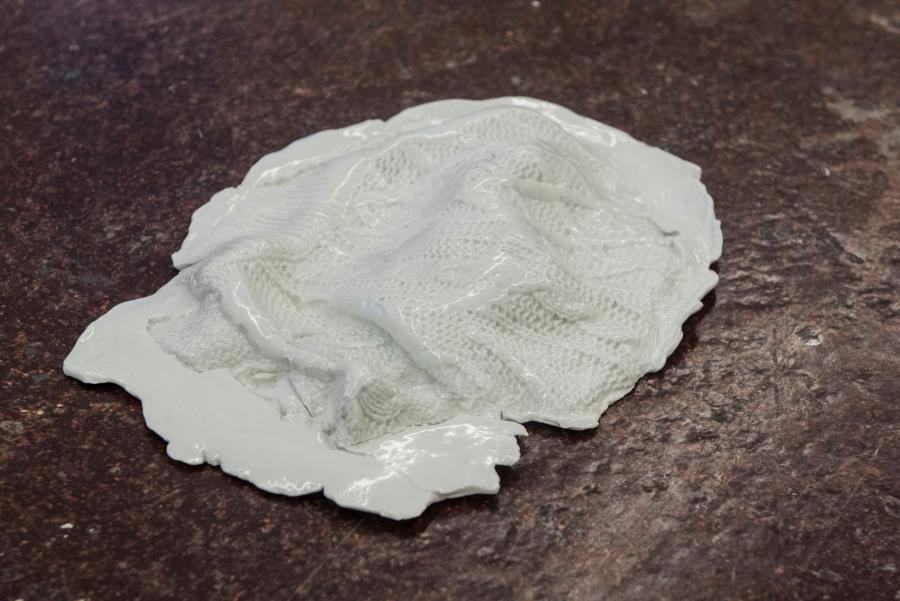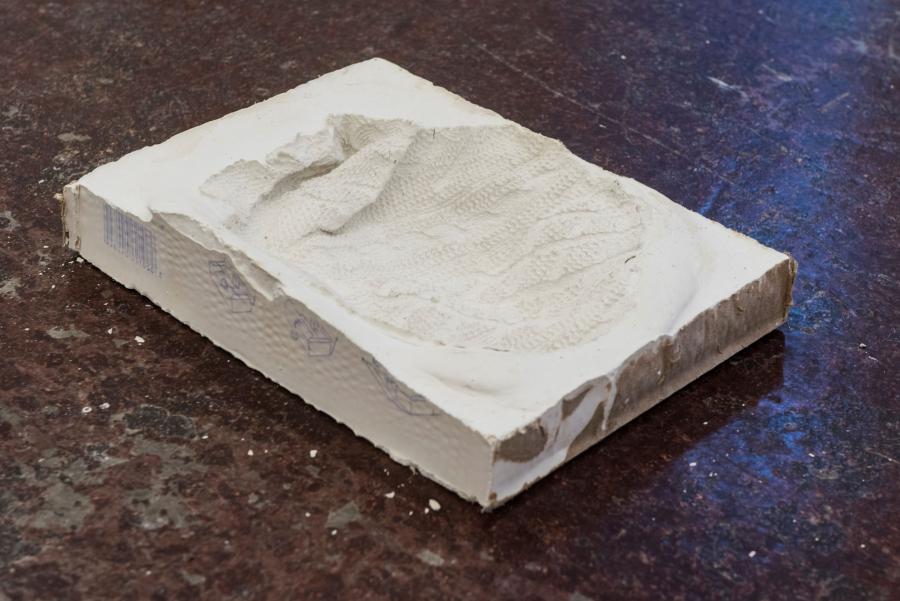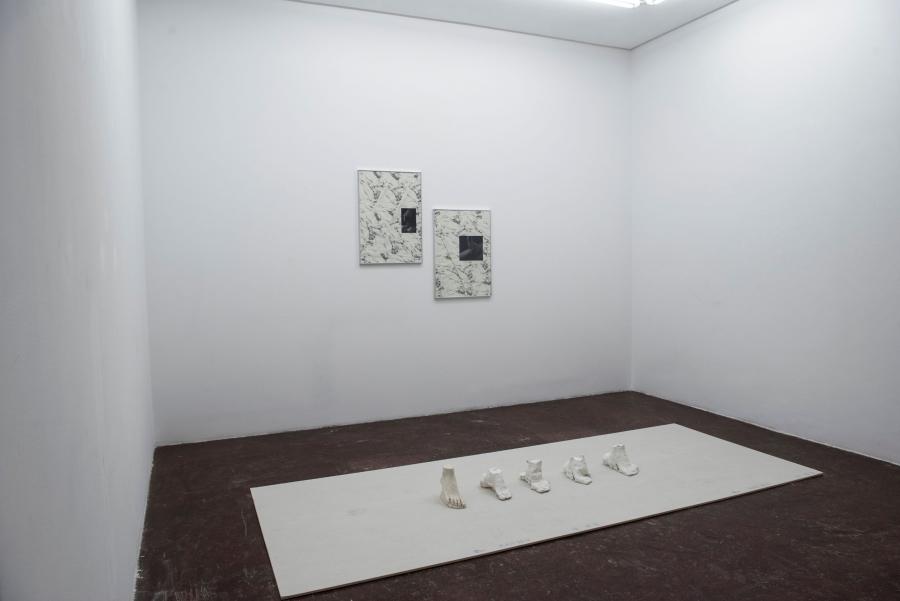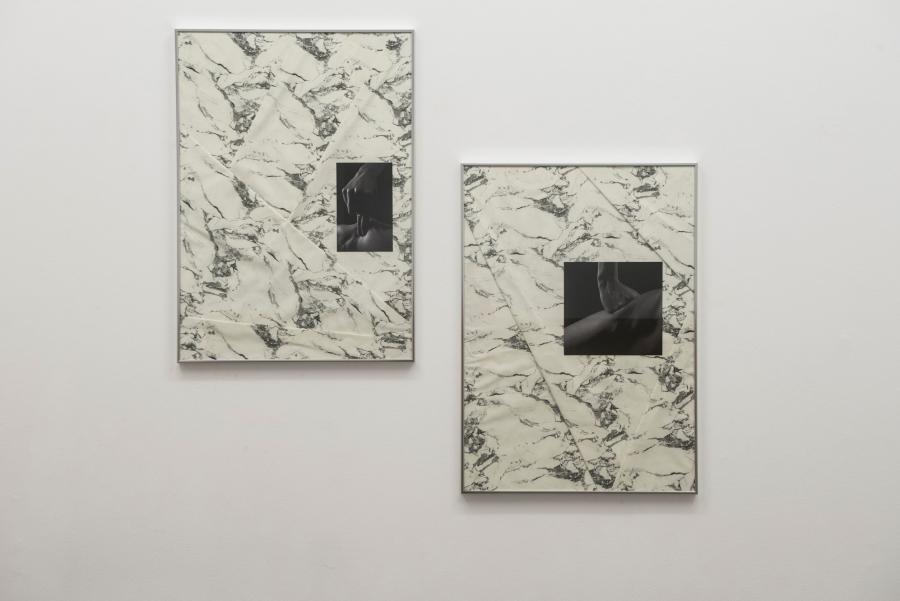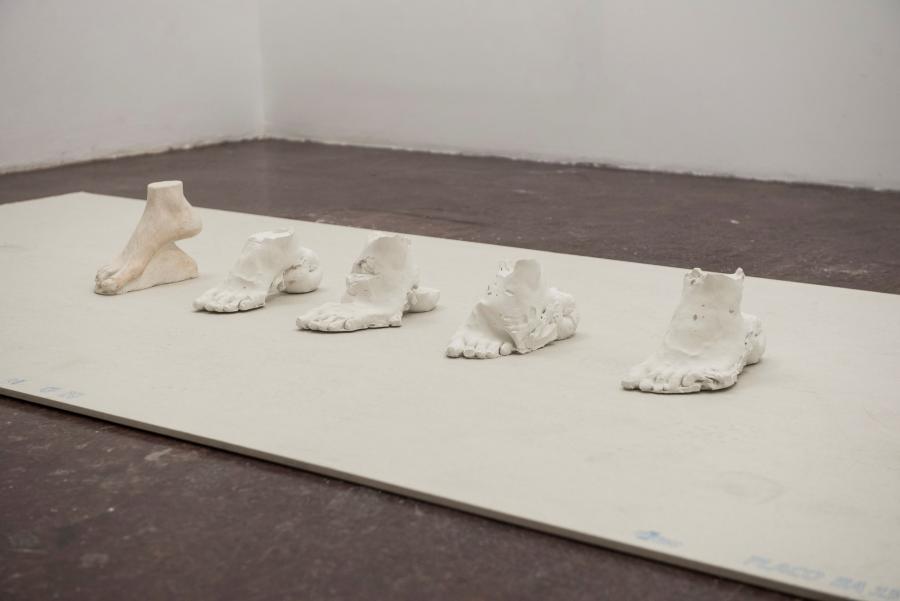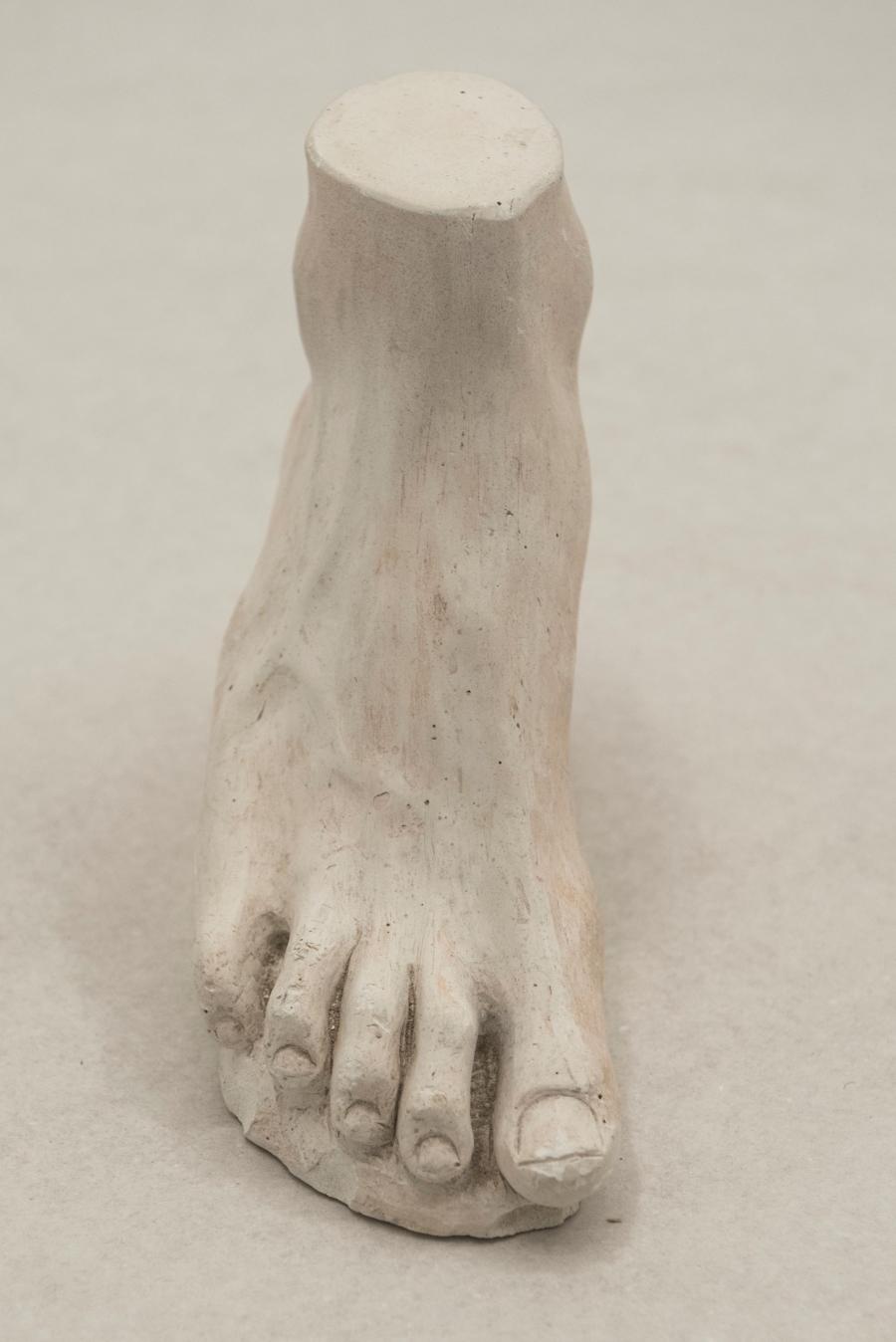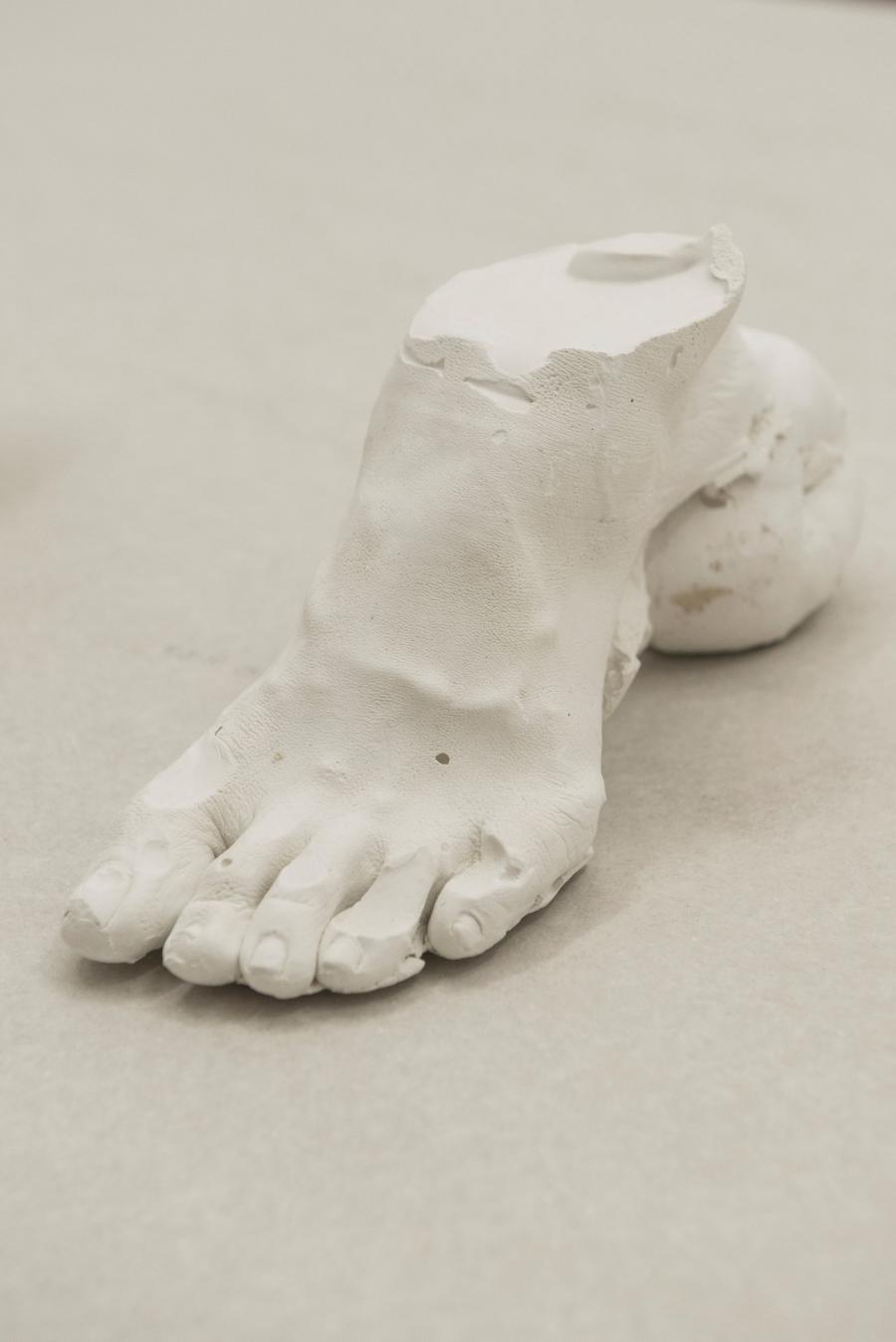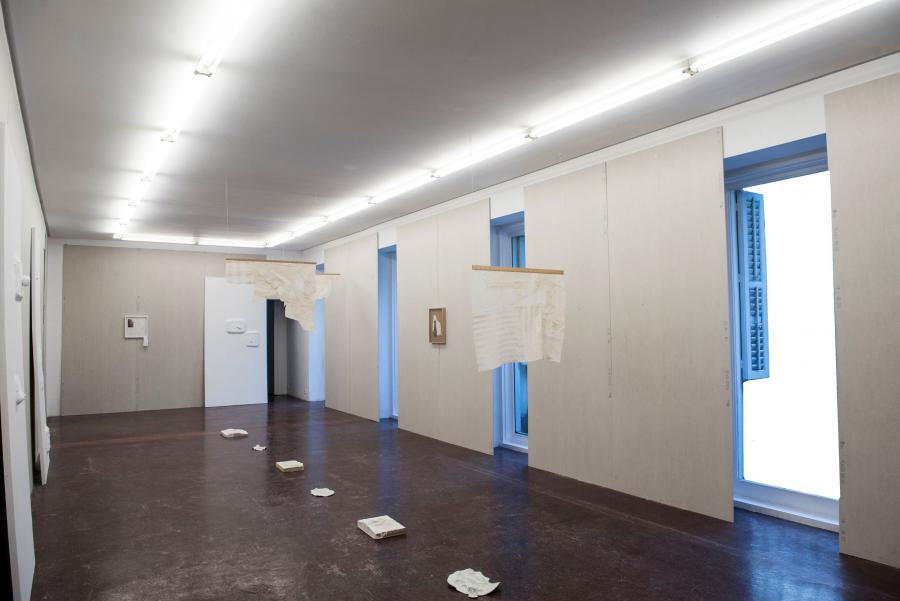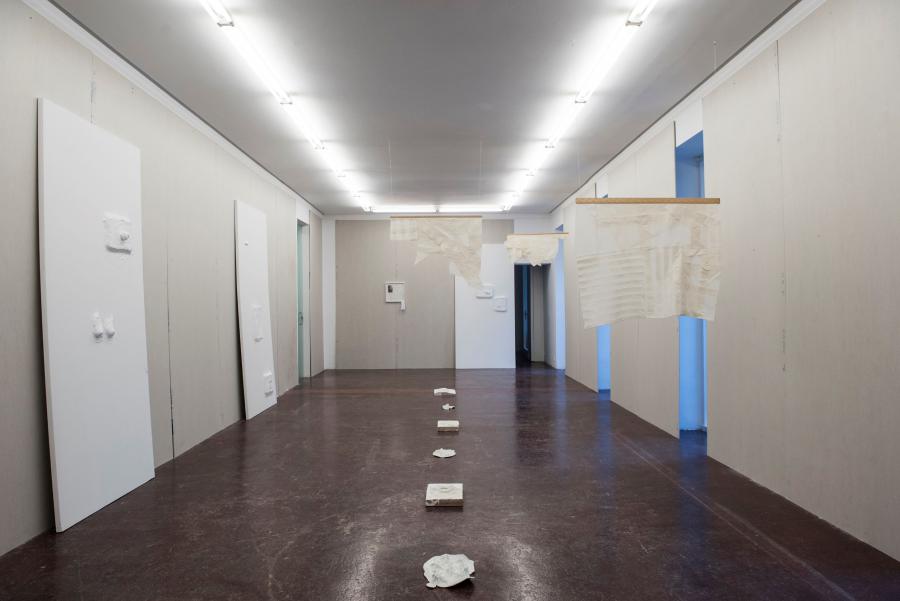INTERLUDIO 4: TEMPLO-PLADUR. CLARA SÁNCHEZ SALA.
The nude does not simply represent the body, but relates it, by analogy, to all structures that have become part of our imaginative experience
Kenneth Clark (1956)
Templo-Pladur generates a parallel between the idea of immortality present in the nudes of the Greek gods with that of the exhibition spaces in the sense that places are designed where the pieces seem to be presented for eternity.
Constant and ancestral has been the relation between architecture and the human body.
In ancient Athens, a harmony between flesh and stone seemed to reign, not only the arrangement of temples and cities obeyed the way in which the Greeks conceived the human body, but they had turned nudity into an object of admiration.
The human figures in the Parthenon’s frieze show the nakedness of perfect young bodies in an unearthly way, thus alluding to an immortal reality. This visual experience that dignifies and heroizes is similar to that described by Brian O’Doherty in his essay Inside the White Cube: The ideology of the gallery space in which he interprets the space of modern galleries as a place built with the aim of generating the viewer the feeling of being outside of time, or beyond it. As if the work already belonged to posterity, or was in limbo.
The title of the project refers to the sacred building, but also mentions the construction material currently used for the cladding of ceilings and walls with the intention not only of generating a temporary mismatch, but also of putting in contact the idea of architectural undressing or dressing the gallery walls. The naked exhibition space is as perfect as the body of the Greek gods, the arranged works seem as eternal as the hard flesh of the sculptures that dress and cover the architecture of the place.
Templo-Pladur brings together the architecture of the art galleries and the nudes of the Greek gods, so unreal and impossible that they seem dressed in stony flesh, through the act of dressing the space with works of art.
Templo-Pladur is the fourth edition of Interludios, a set of short-term exhibitions at NF/ NIEVES FERNÁNDEZ, whose proposal is to create a visibility space for projects thought by the artists, whether or not represented by the gallery, and which until then have not have been possible.
Clara Sánchez Sala (Alicante, 1987) has a degree in Fine Arts from the UCLM, Cuenca; a Masters’ degree in Photoespaña Theory of Photography and Artistic Projects from the UEM, Madrid and a Masters in Research in Art and Creation from the UCM, Madrid. She has participated in numerous national and international exhibitions, among which at the Fundación Juan March: Museo de Arte Abstracto, Cuenca; Centro de Arte Dos de Mayo, Madrid; Fundación Marso, Mexico City, Mexico; Museu Nacional Soares Dos Reis, Porto; Fundación Otazu, Pamplona; La Laboral, Gijón; EACC, Castellón and Centro Cultural Conde Duque, Madrid. Her works belongs to collections such as DKV, CA2M and Fundación Otazu, among others.



